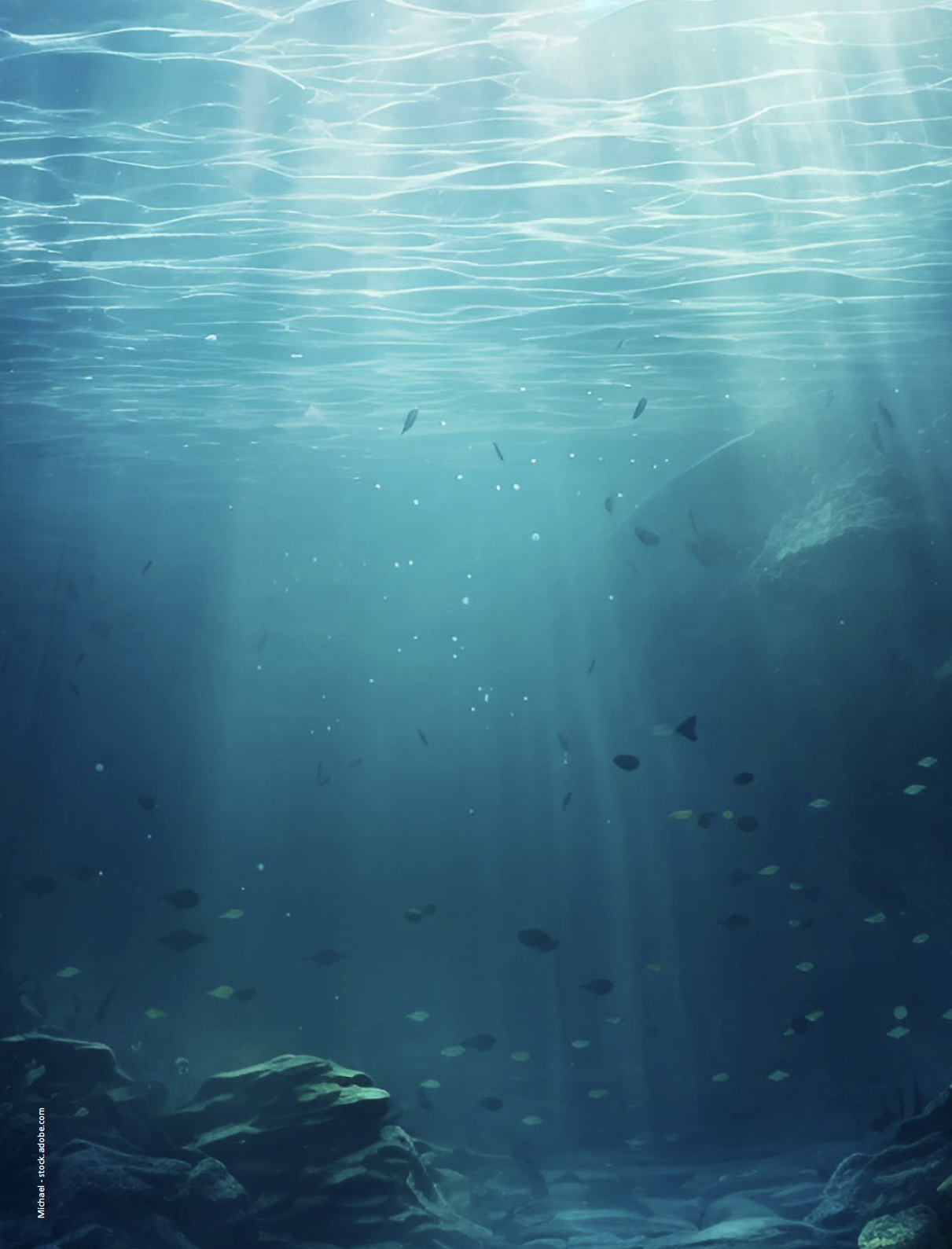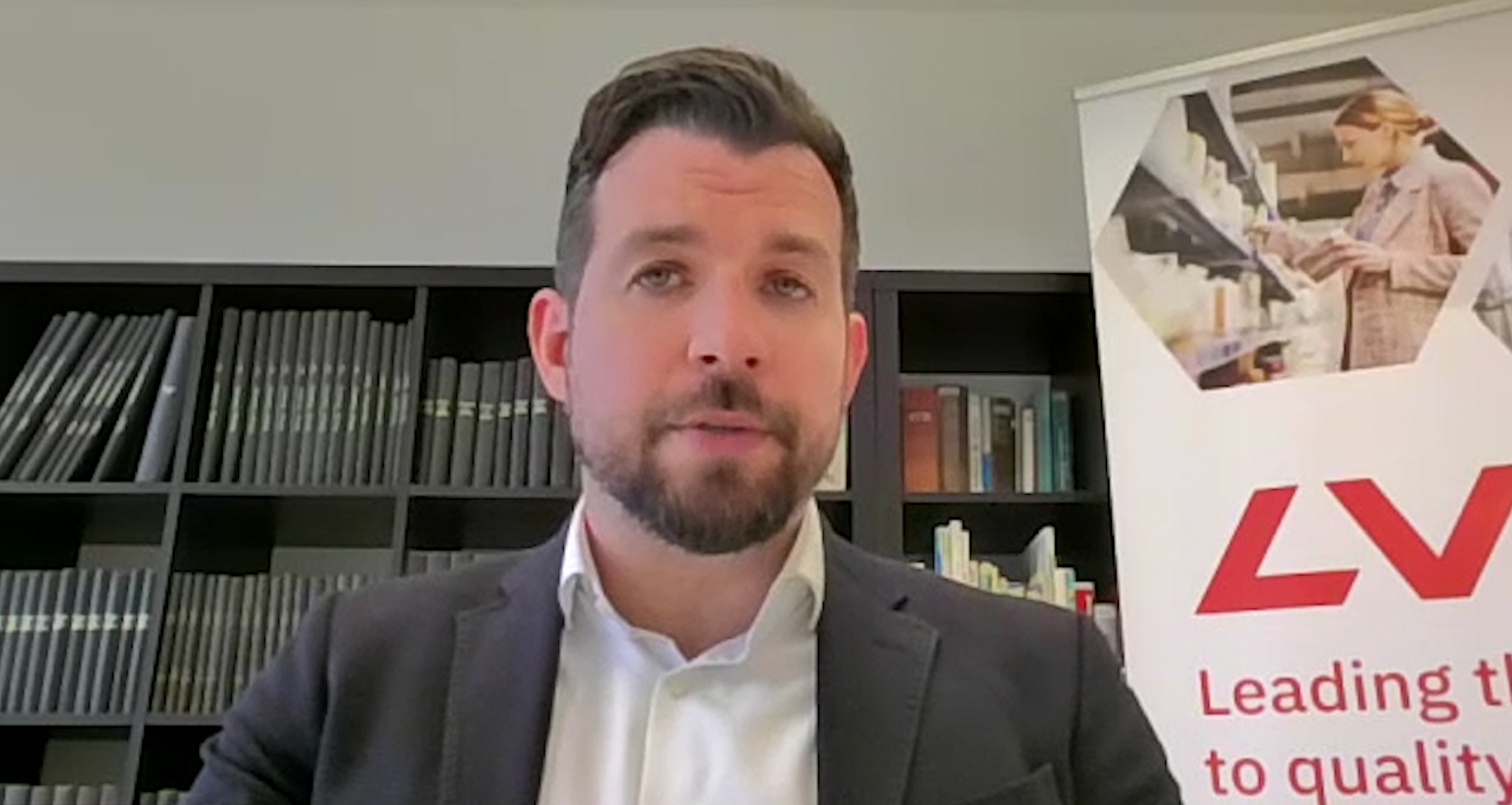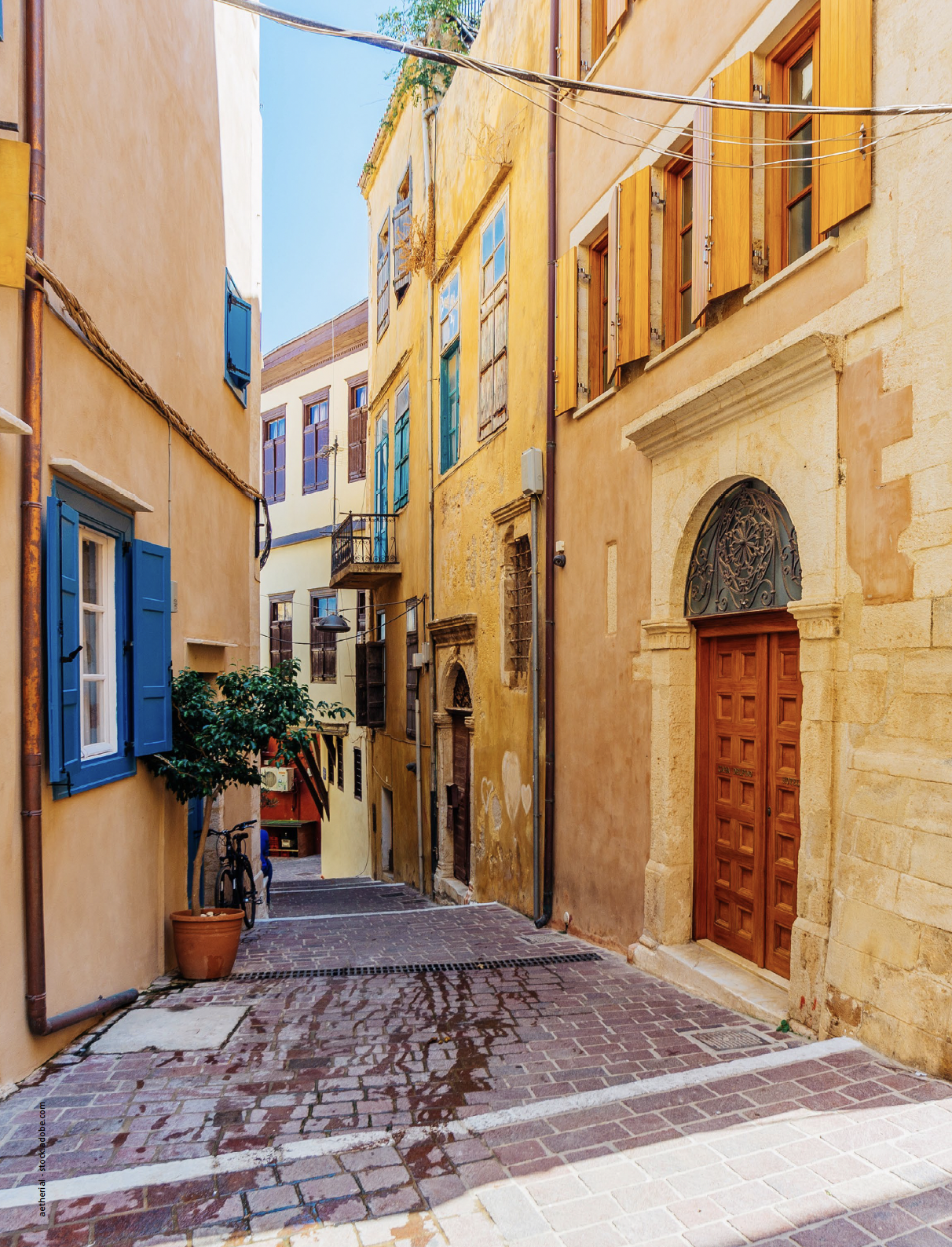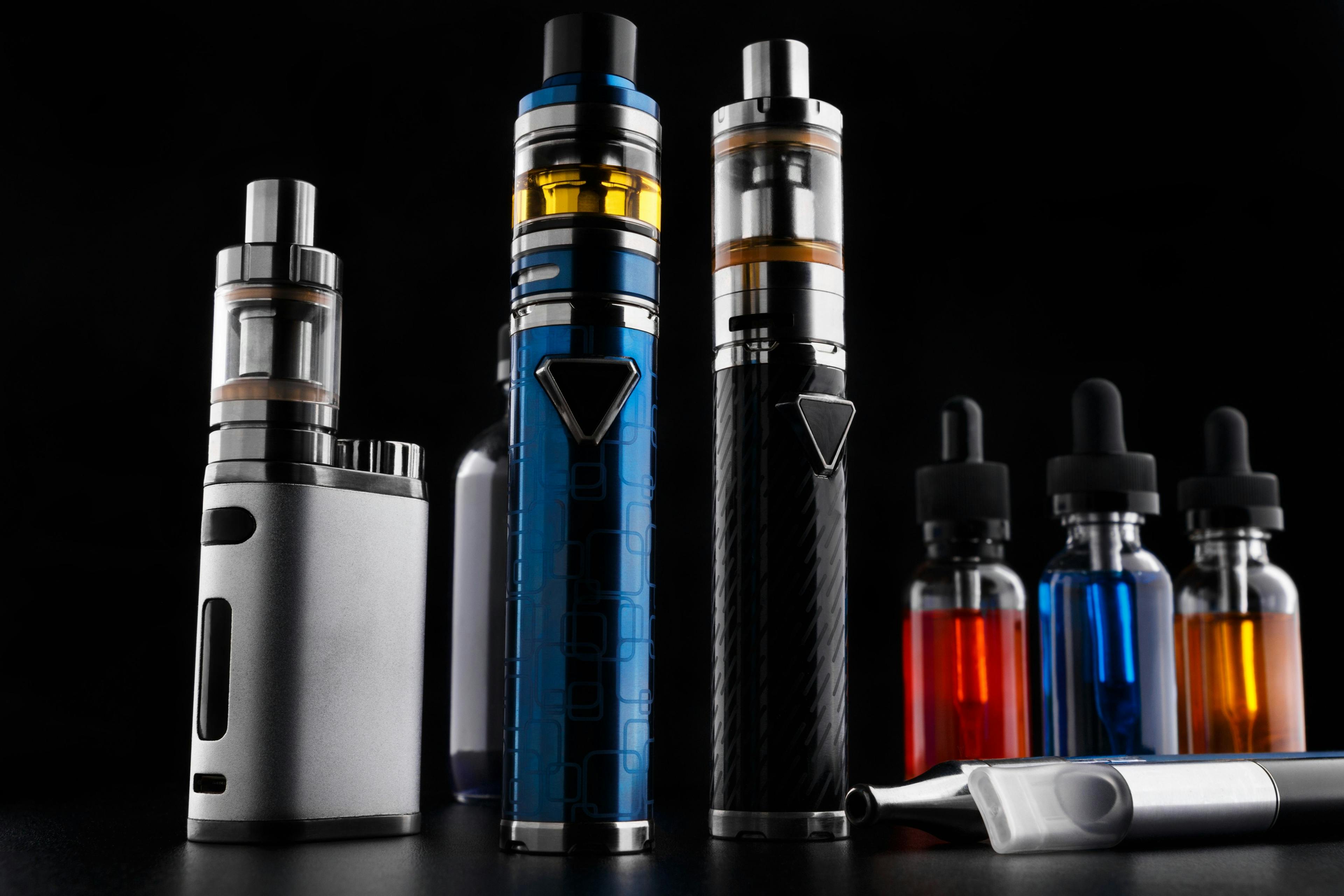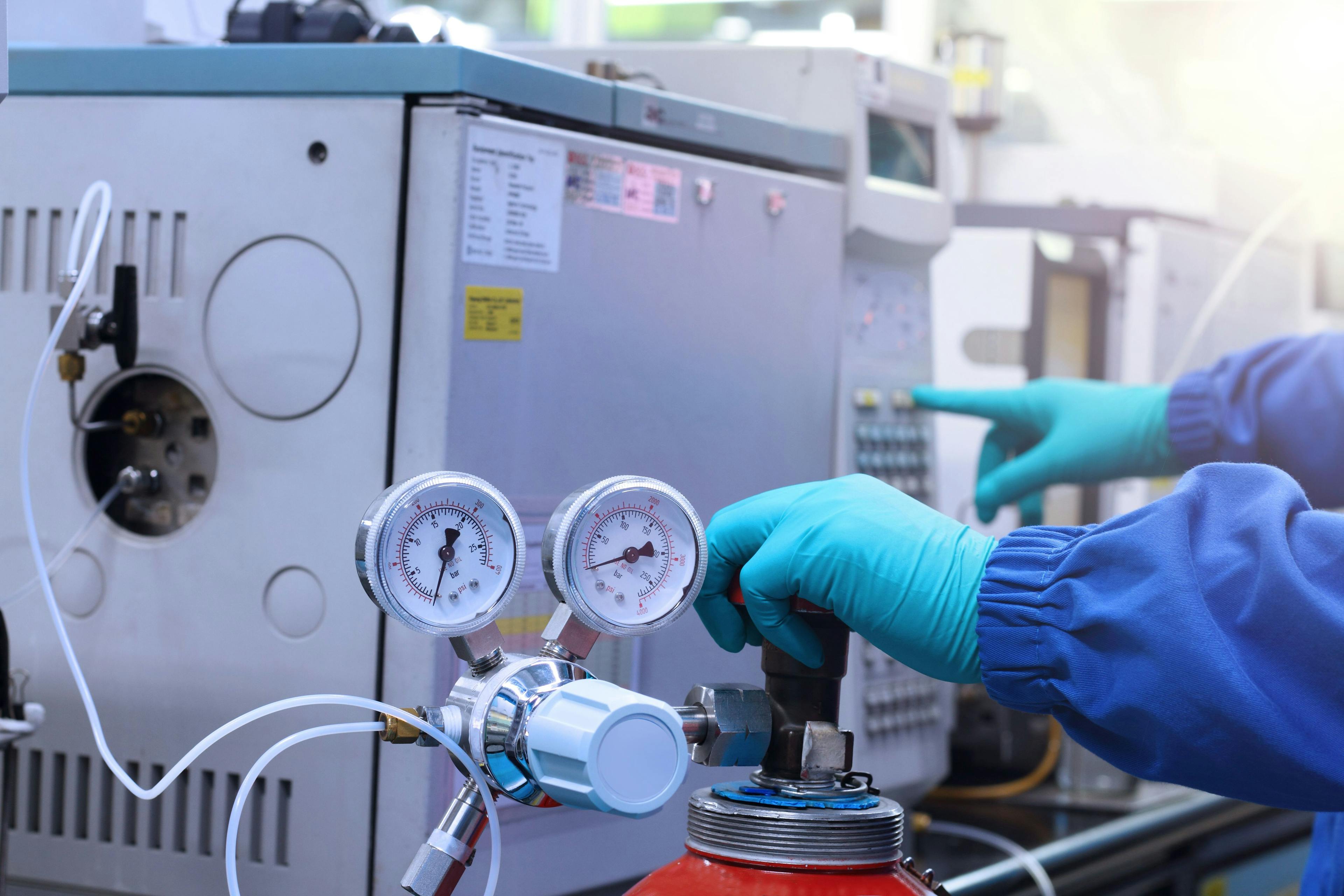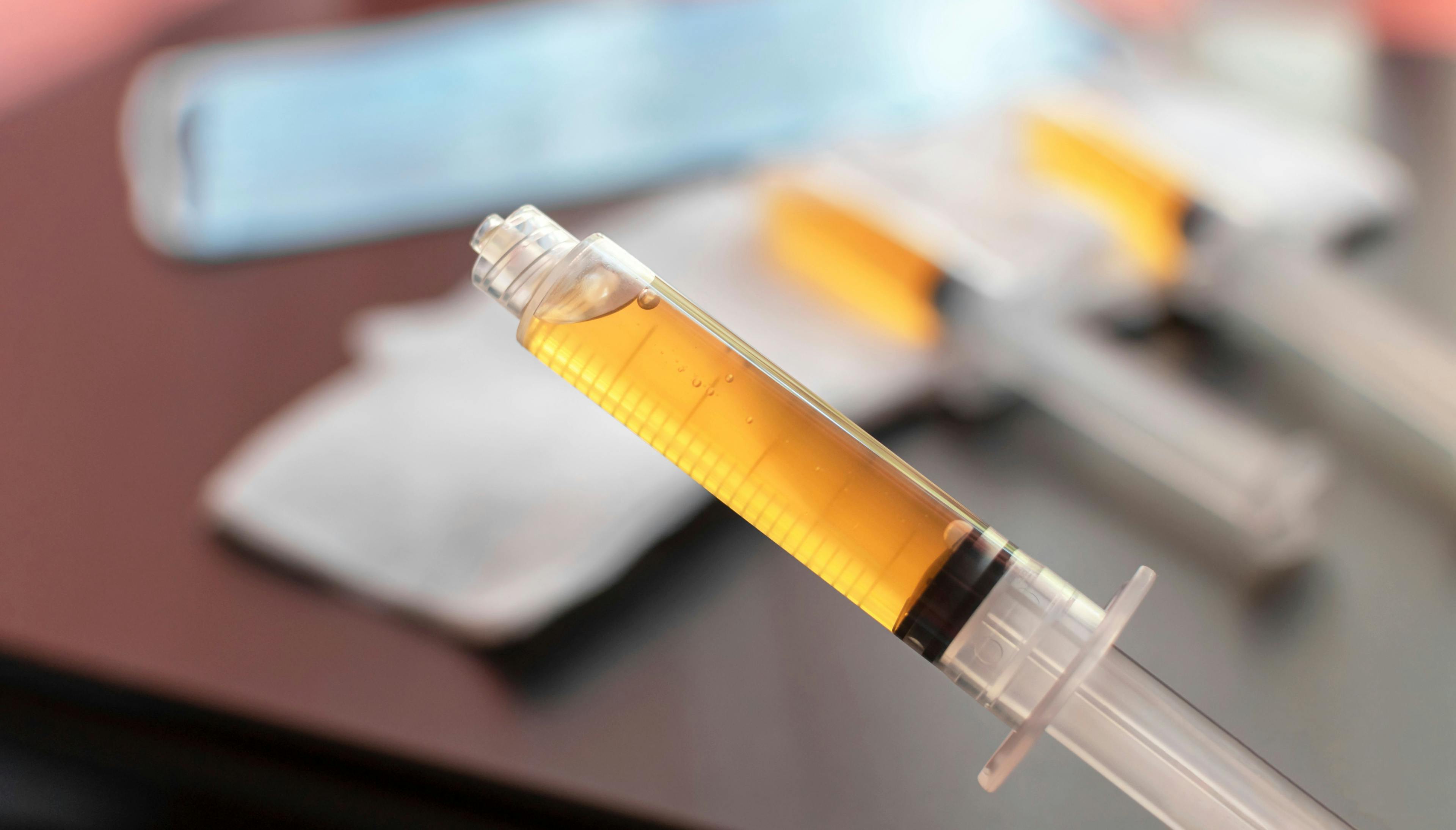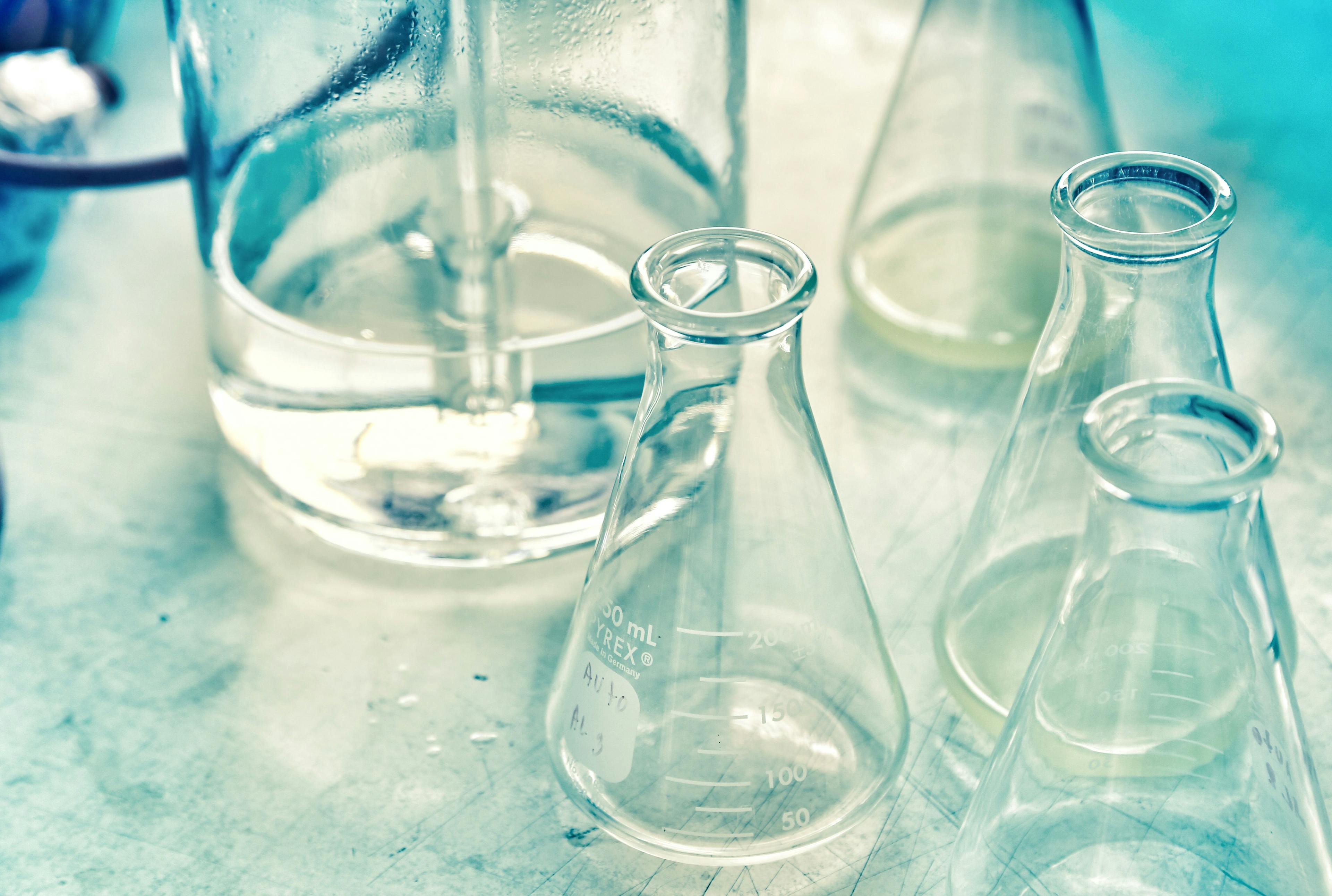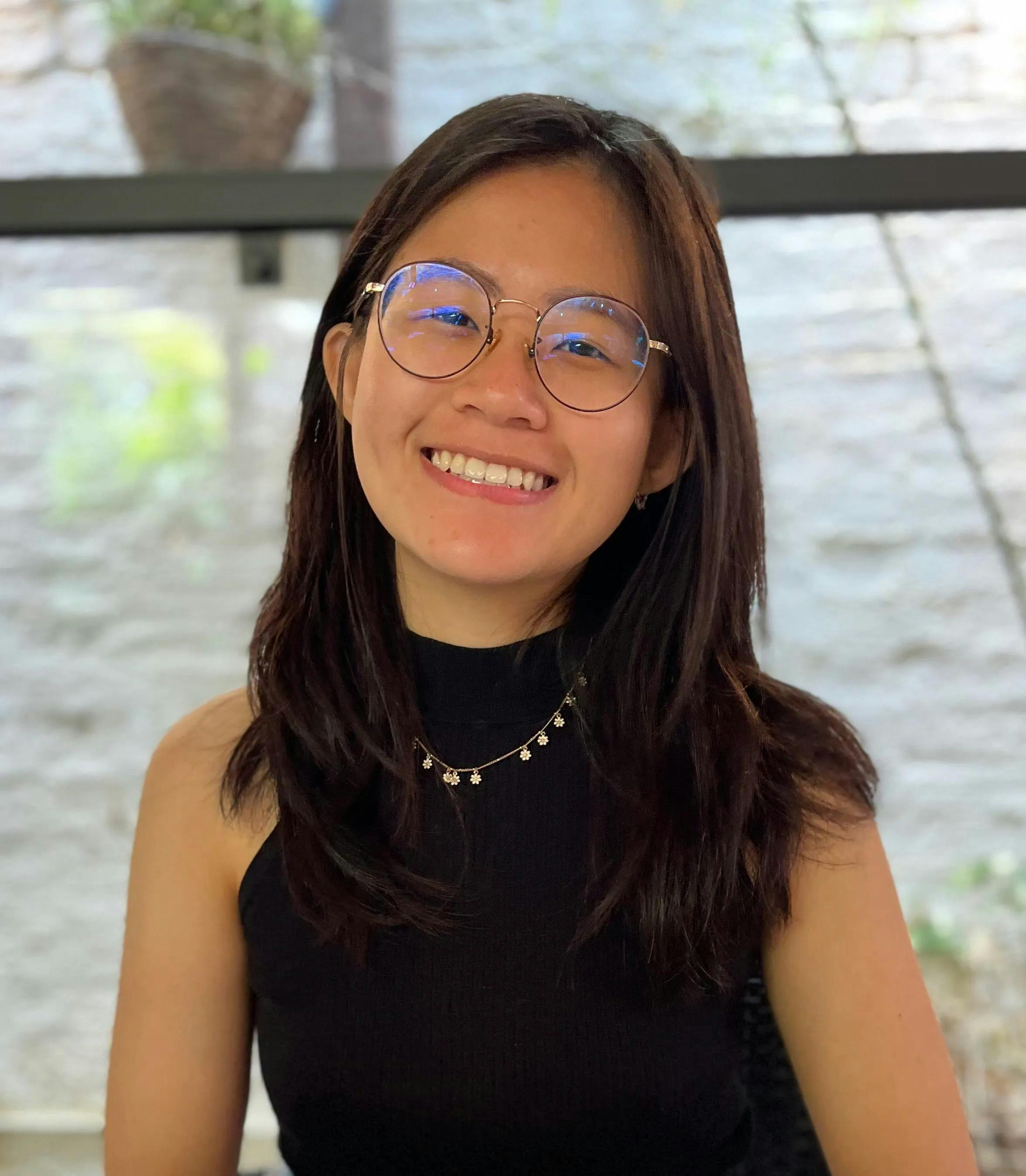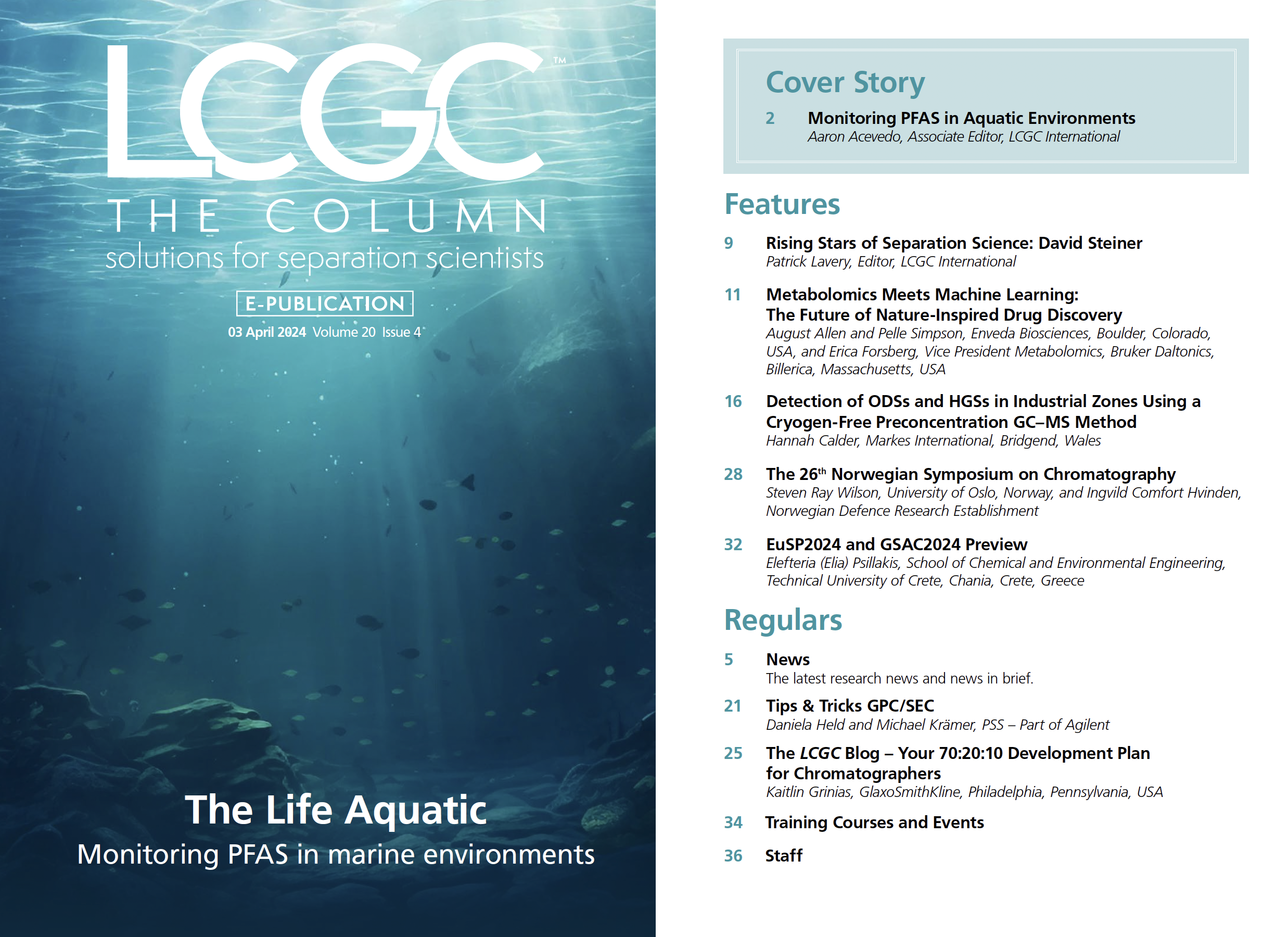The 26th Norwegian Symposium on Chromatography
The 26th Norwegian Symposium on Chromatography was held 21–23 January 2024. The symposium has strong traditions in the Norwegian separation science community, serving as a forum for excellent scientific talks, networking, and social events.
Welcome to Norway! On the way to the meeting, the participants had to battle severe winter weather (even by Norwegian standards). But a few icy slips aside, everyone made it safely to the Park Hotel venue, a swanky hotel in the middle of Sandefjord, a coastal town most known for its Viking history and former whaling industry.
Helle Malerød-Fjeld from the Department of Forensic Medicine, University of Oslo (Norway) and the chair of the symposium, opened the event to approximately 200 participants; an impressive number, also considering the small population of Norway. This has been a fairly stable number of participants of this bi-annual event, which has hosted distinguished guests throughout much of the modern history of chromatography; the first Sandefjord symposium was in 1982.
A relieved and happy Helle Malerød-Fjeld (chair of the Sandefjord symposium) after the closing of the meeting.
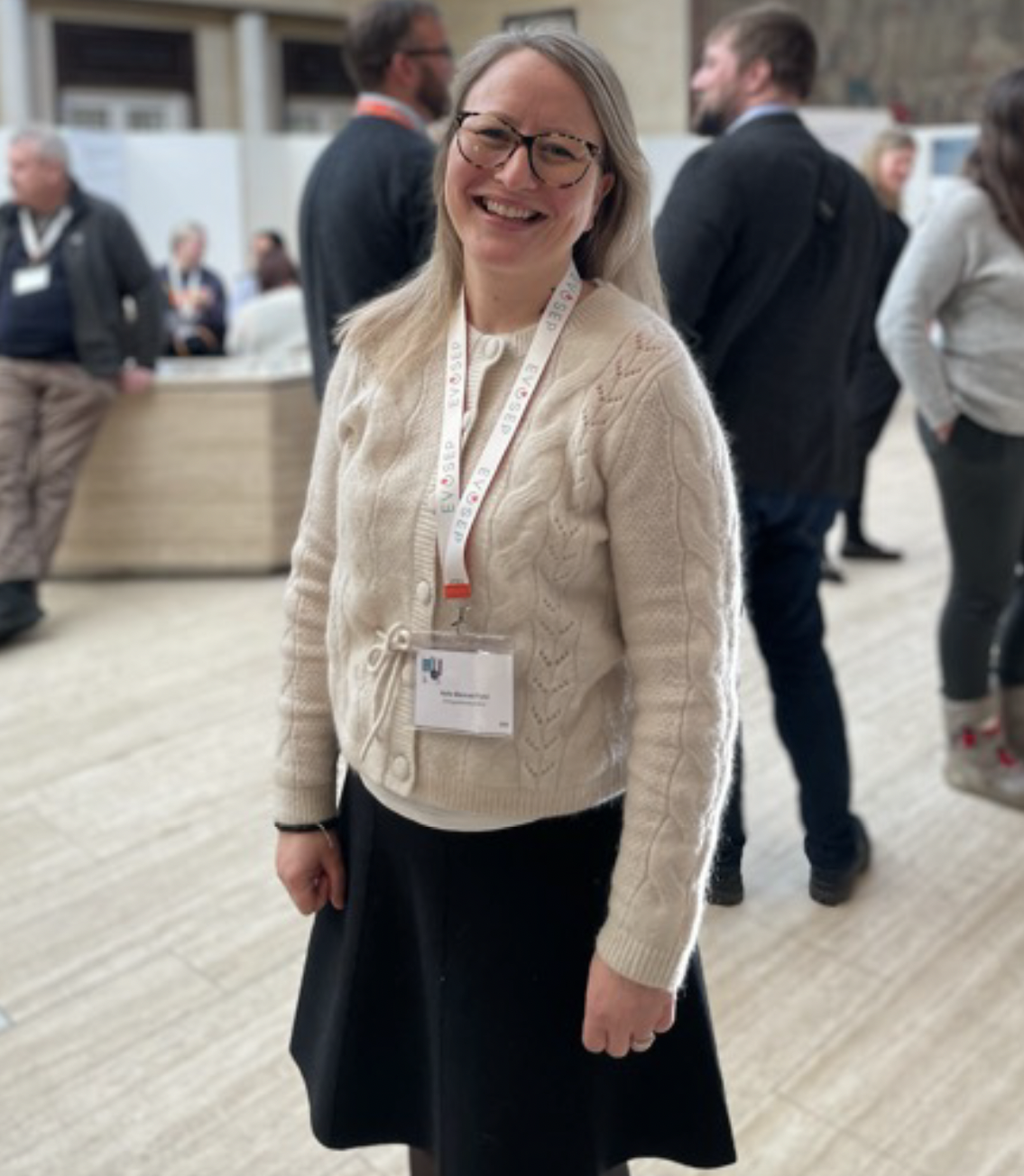
For the opening session, chaired by Trine Grønhaug Halvorsen from the University of Oslo, Caroline West from the University of Orleans (France) was the first plenary speaker. West focused on the fundamentals, trends, and the healthy state of supercritical fluid chromatography, providing examples of the applications and global outreach of SFC. Svein Are Mjøs from the University of Bergen (Norway) held the second plenary talk of Sunday, presenting chemometric techniques in chromatography and mass spectrometry. After the plenary talks, the participants were treated to Norwegian cider-testing, sponsored by Matriks AS.
The second day of the symposium started with a plenary talk by Michael Lämmerhofer from Eberhard-Karls-University, Tuebingen, (Germany) on stationary phases for chiral separations. Focus points included fast separations, two-dimensional (2D) setups and combinations with ion-mobility spectrometry. The second plenary talk of the morning session was by Ingvild Comfort Hvinden from the Norwegian Defence Research Establishment, who described analysis of chemical warfare agent biomarkers. Diagnosis, treatment, and evidence in war crime cases are key incentives for incorporating analytical chemistry here.
Michael Lämmerhofer presenting at Park Hotel in Sandefjord, which provides a charming and classic feel by the Oslo Fjord.
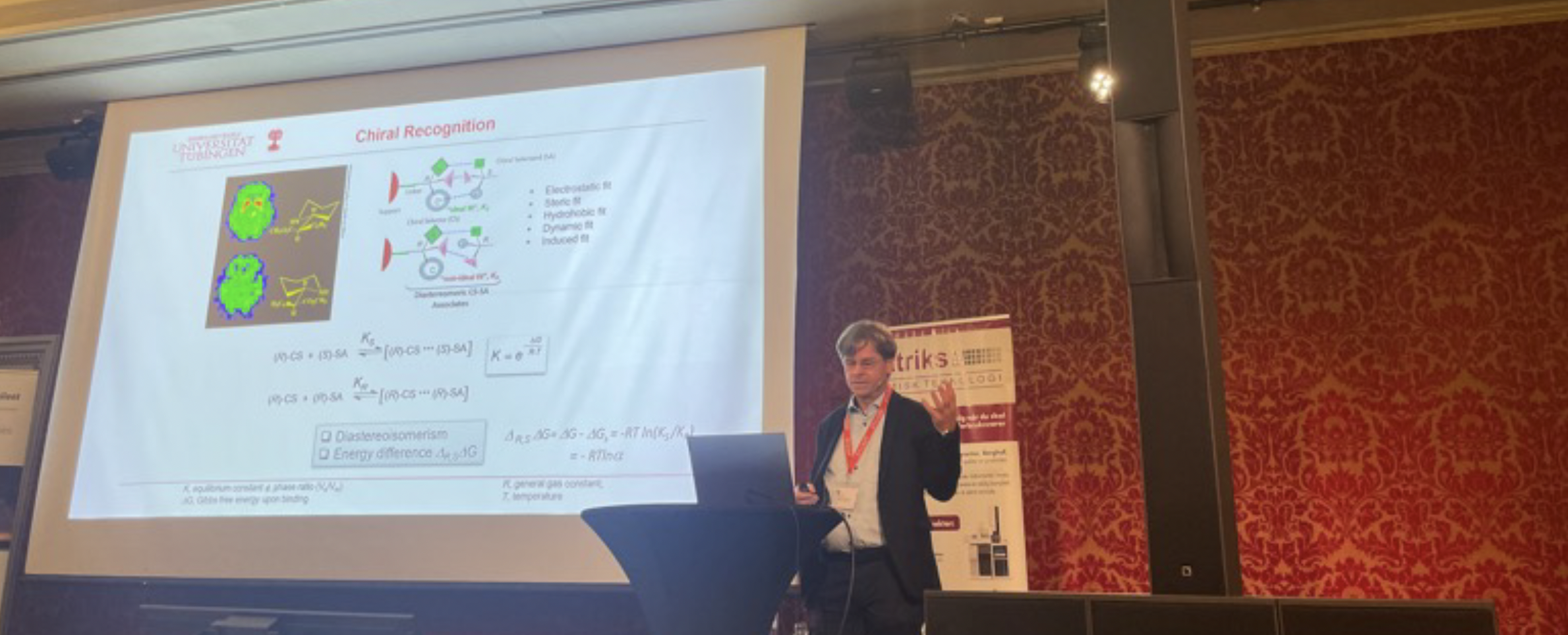
Subsequently, two parallel sessions focused on bioanalysis of proteins, and sample preparation. In the former, the current state and future outlook of smart sampling of proteins with dried blood spots was described by Léon Reubsaet from the University of Oslo, followed by a presentation of one-step functionalization of paper for immunocapture of proteins by Ago Mrsa, also from the University of Oslo. Greta Nardini from the Norwegian University of Life Sciences provided a comparison of high performance liquid chromatography–mass spectrometry (HPLC–MS) to spectroscopic methods—for example, Fourier transform infrared (FT-IR)- and nuclear magnetic resonance (NMR) spectroscopy for food sample analysis. In the latter, topics such as electromembrane extraction by Frederik Andre Hansen from the University of Oslo and the preparation of organoids for LC–MS analysis by Hanne Røberg-Larsen were presented.
Before lunch, a vendor session was held featuring Matriks, Nerliens Meszansky AS, Chiron AS, PerkinElmer, SAMSI, and LECO with Espen Storbråten from Canterra AS as the chair. Storbråten is deeply involved in the laboratory planning of the Life Science Building at the University of Oslo that will be Norway´s most advanced research building and will host a number of separation science groups.
After lunch, a plenary session was held with a focus on environmental analysis, featuring invited speakers Tina Kosjek from the Josef Stefan Institute (Slovenia) and Roland Kallenborn from the Norwegian University of Life Science. The latter demonstrated analysis with gas chromatography (GC) separation of pollutants in the Arctic regions.
These contributions were followed by a session on bioanalysis, which again featured talks on novel organ models (a rising topic in analytical science), for example, organ-on-a-chip systems and analysis with LC–MS and MS imaging. The session was rounded off by talks on the analysis of synthetic cannabinoids and steroid hormones, by Craig McKenzie from Chiron AS and Sandra Rinne Dahl from Oslo University Hospital (Norway) respectively. In parallel was a session on environmental analysis, where the utility of GC for the determination of industrial emissions was shown by Kristian Andersson from Dynea.
Further applications of GC, now hyphenated with MS, were described for the analysis of textiles exposed to volatile chemical threat agents by Elisa Wiborg from the Norwegian Defence Research Establishment. The first part of the session finished with a presentation on estimation models of, for example, limits of detection, for improving analysis of emerging compounds in environmental samples with Amina Souih from Stockholm University (Sweden). After a short break, three vendors (PerkinElmer, Matriks and Chiron) presented their products, applications and support for analysis of PFAS.
For many Norwegian chromatography students, the Sandefjord event is their first scientific meeting. Many of the 27 posters were by students, and the poster session allows for them to interact with co-participants and maybe even a future employer. During the Monday dinner, the symposium issued the first-place award (5000 NOK) to Agnethe Bæverud from The Arctic University of Norway, who presented the poster titled “High-Resolution LC–MS-Based Untargeted Lipidomics for the Assessment of Macronutrient Quality in Development of a Lipid-Rich Bacterial Meal”. The two runners-up were Lisa Sylten from St. Olav’s Hospital (3000 NOK) and Marit Huizer from The Arctic University of Norway (2000 NOK), with poster titles “A Real-Life Example on How Poor Water Quality May Affect Chromatography in a UHPLC System” and a poster on “Untargeted Lipidomic Profiling of Marine Microalgae Using LC–Orbital Trap MS/MS”, respectively. After the dinner, the participants met at “Tre Lykter”, the hotel's miniature nightclub, for drinks and dancing.
Poster winners of the The 26th Norwegian Symposium on Chromatography with the poster committee: Eric Tollnes, Agnethe Bæverud (1st place), Lisa Sylten (1st runner-up), Helle Malerød-Fjeld, Marit Huizer (2nd runner-up) and Karina Langseth-Manrique.
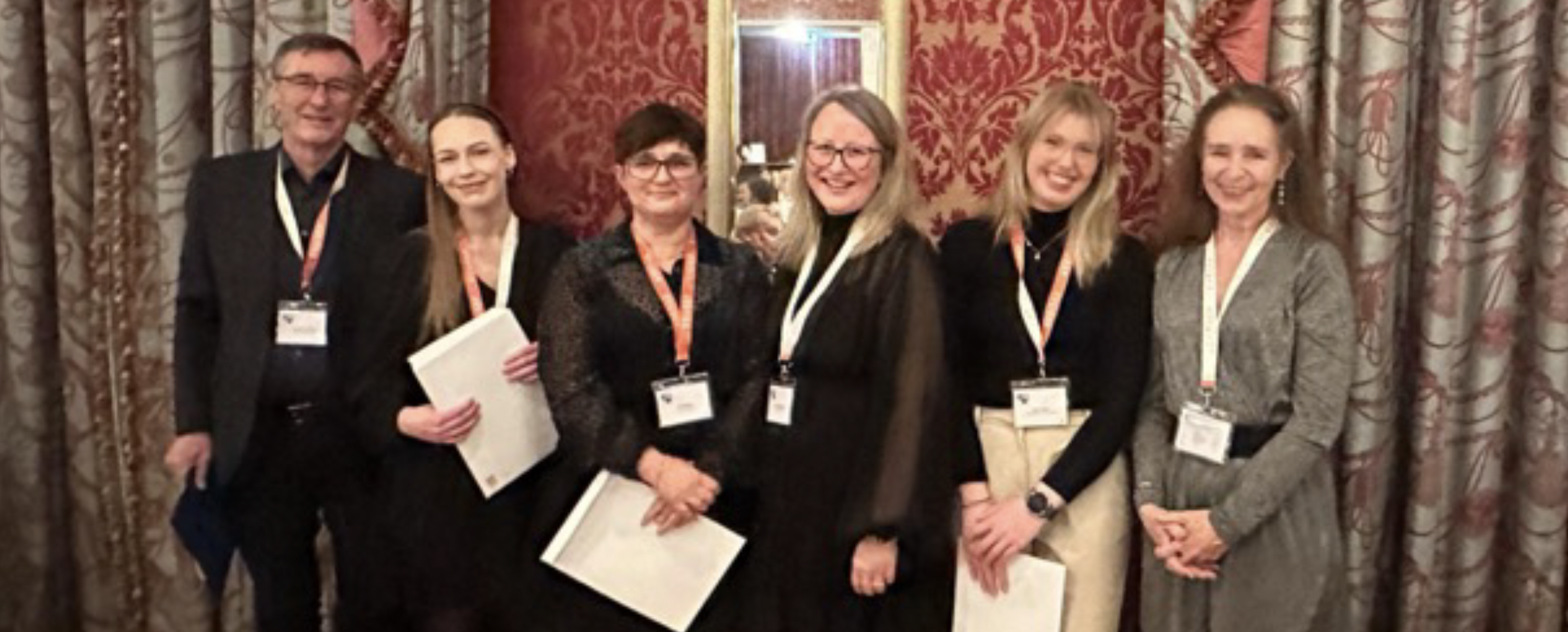
For the final day, the morning began with plenary talks by Thomas Moritz from the University of Copenhagen (Denmark) and Kine Østnes Hansen from The Arctic University of Norway, who described the role of chromatography in metabolomics coverage and natural product discovery. The last pair of parallel sessions were on the topics of metabolomics and industrial processing. The metabolomics session was opened by Katja Elgstøen from Oslo University Hospital, who described the hospital´s LC–MS platform for dried blood spot analysis and other clinical applications. Rachel Williams from the University of Oxford (UK) presented the use of capillary flow anion-exchange LC–MS, demonstrating highly reproducible performance for metabolomics.
Other speakers included Hanne Skogvold and Torbjørn Norberg Myhre, both from The Arctic University of Norway, who promoted the use of reversed-phase liquid chromatography (RPLC) and hydrophilic-interaction chromatography (HILIC), respectively, for clinical metabolomics. Hence, the impression is that there is rich activity regarding the exploration of various column chemistries in metabolomics (much more so than proteomics, which this symposium could confirm; all the applications presented were with rather standard reversed-phase phases).
Finally, Anne Oldeide Hay from the University of Oslo presented her work on using electromembrane extraction for sample preparation prior to targeted metabolomics.
A second session of company presentations (Trilab, Thermo Fisher, Waters, Evosep, Shimadzu) preceded the final session, again hosted by Helle Malerød-Fjeld, who introduced the final speaker, Martina Catani from the University of Ferrara (Italy). Catani gave a lecture on multicolumn continuous chromatography for efficient purification of biopharmaceuticals.
After the session was closed, the participants checked out of the hotel, and the committee could finally exhale after a highly successful event. Sandefjord 2024 demonstrated that Norwegian chromatography and analytical chemistry are alive and well, characterized by a plethora of young and seasoned chromatographers working in fields such as clinical chemistry, environmental monitoring, and bioengineering. The next Sandefjord gathering will be in January 2026, but many of the participants will reunite in Geilo in 2025 for the Norwegian Winter Conference in Mass Spectrometry.
Committee with the invited speakers.
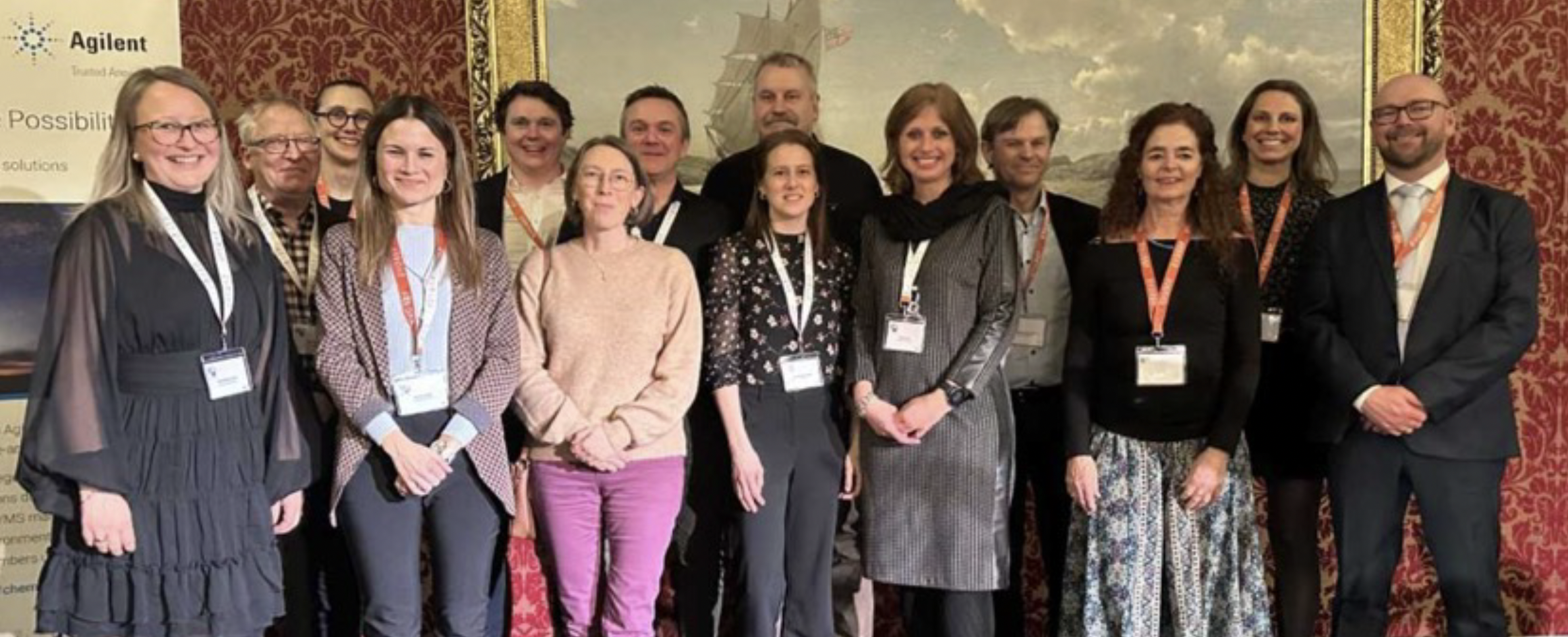
Steven Ray Wilson is a professor in analytical chemistry at the Department of Chemistry, University of Oslo, Norway. His research focuses on the development and application of LC–MS methods for studying laboratory-grown organ models, for example, organoids and organ-on-a-chip. He has a strong focus on medical and clinical applications, and collaboration with industry.
Ingvild Comfort Hvinden, DPhil, is a researcher at the Norwegian Defence Research Establishment. Her research focuses on method development and LC–MS analyses of complex biological samples, to determine biomarkers and understand metabolic processes. Email: Ingvild-comfort.hvinden@ffi.no
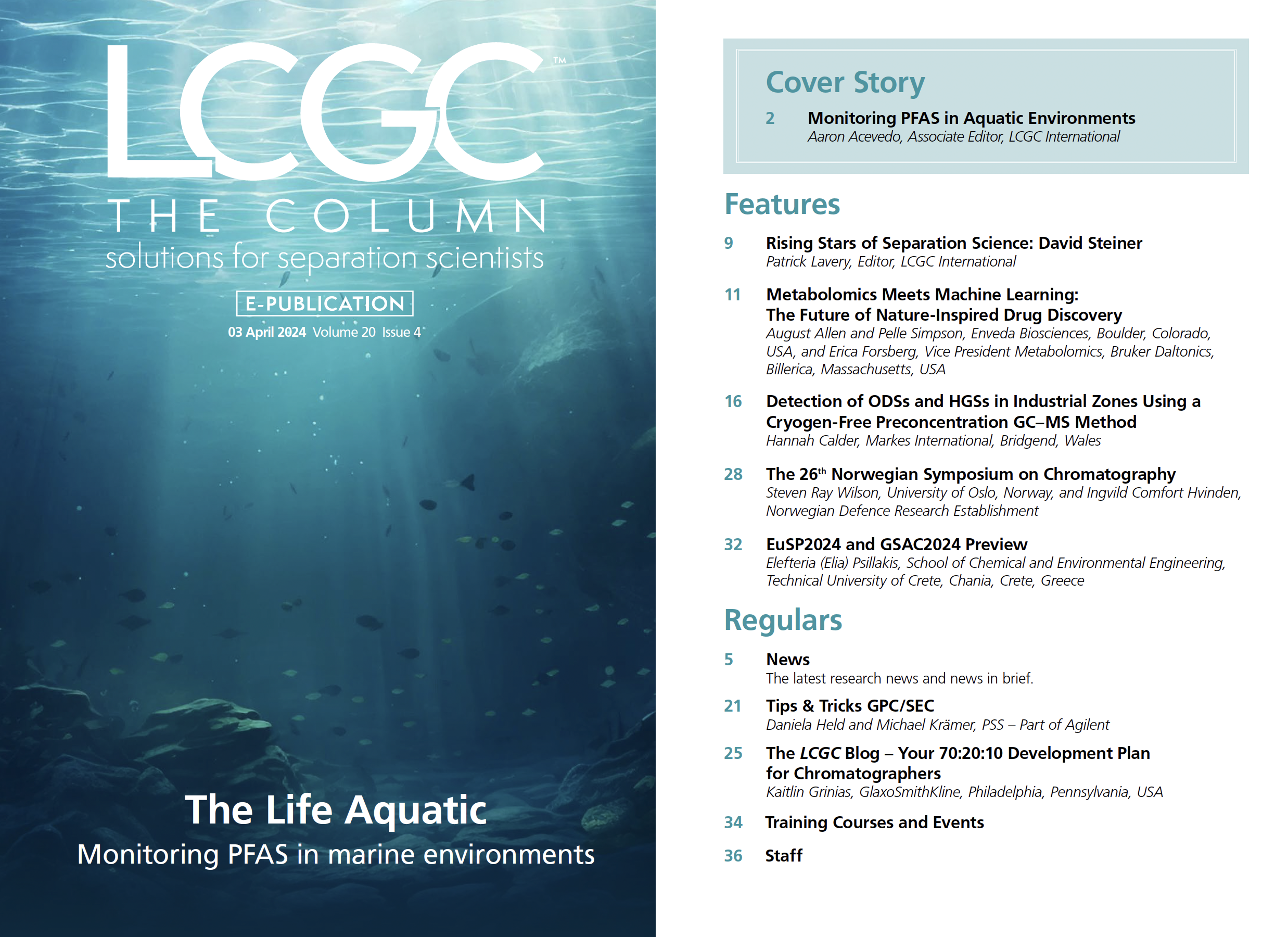
Investigating 3D-Printable Stationary Phases in Liquid Chromatography
May 7th 20253D printing technology has potential in chromatography, but a major challenge is developing materials with both high porosity and robust mechanical properties. Recently, scientists compared the separation performances of eight different 3D printable stationary phases.
Detecting Hyper-Fast Chromatographic Peaks Using Ion Mobility Spectrometry
May 6th 2025Ion mobility spectrometers can detect trace compounds quickly, though they can face various issues with detecting certain peaks. University of Hannover scientists created a new system for resolving hyper-fast gas chromatography (GC) peaks.
Altering Capillary Gas Chromatography Systems Using Silicon Pneumatic Microvalves
May 5th 2025Many multi-column gas chromatography systems use two-position multi-port switching valves, which can suffer from delays in valve switching. Shimadzu researchers aimed to create a new sampling and switching module for these systems.
Characterizing Polyamides Using Reversed-Phase Liquid Chromatography
May 5th 2025Polyamides can be difficult to characterize, despite their use in various aspects of everyday life. Vrije Universiteit Amsterdam researchers hoped to address this using a reversed-phase liquid chromatography (RPLC)-based approach.

.png&w=3840&q=75)

.png&w=3840&q=75)



.png&w=3840&q=75)



.png&w=3840&q=75)
